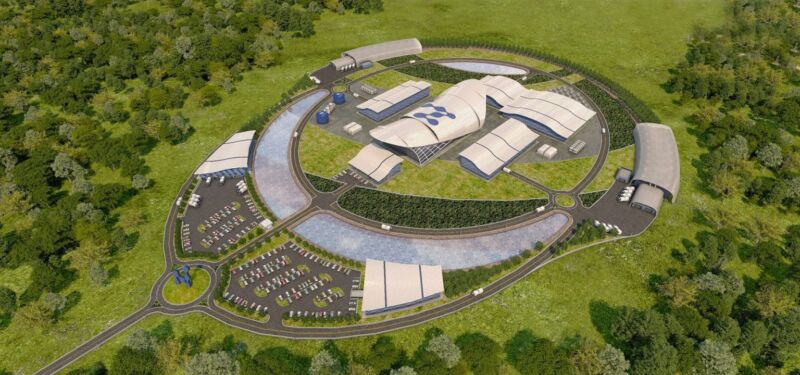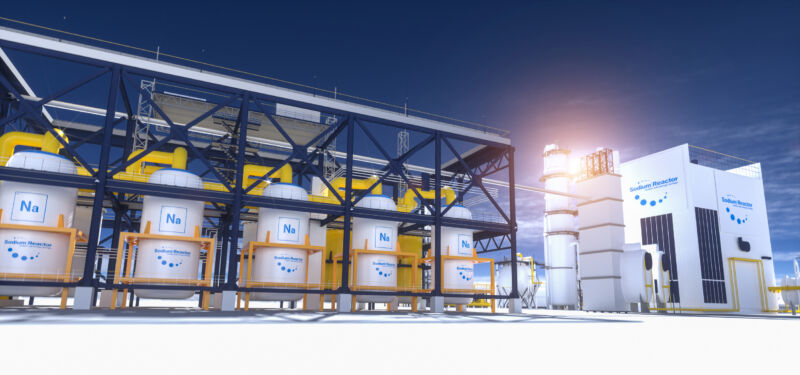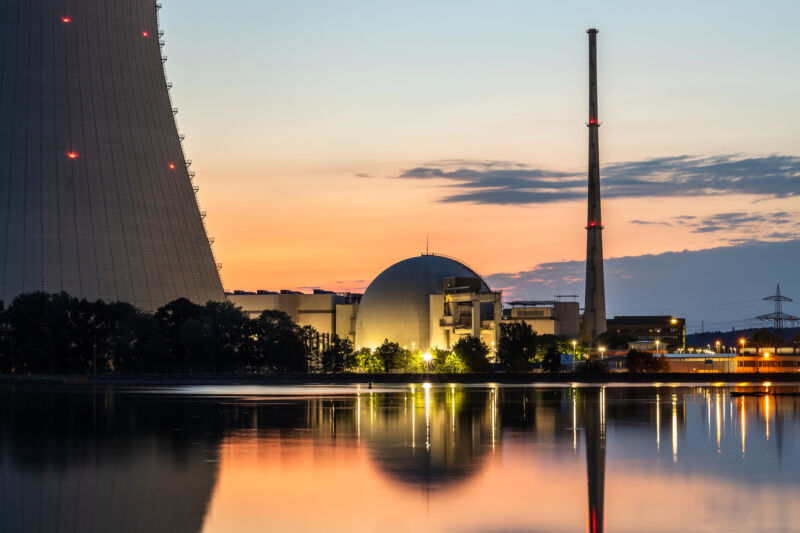
Enlarge
/
An artist’s impression of a deep borehole for nuclear waste disposal by Sandia National Laboratories in 2012. Red lines show the depth of mined repositories: Onkalo is the Finnish one, and WIPP is the US DOE repository for defense waste in New Mexico. (credit: Sandia National Laboratories)
Deep Isolation
, a company founded in 2016 and headquartered in California, launched a “
Deep Borehole Demonstration Center
” on February 27. It aims to show that disposal of
nuclear waste
in deep boreholes is a safe and practical alternative to the mined tunnels that make up most of today’s designs for nuclear waste repositories.
But while the launch named initial board members and published a high-level plan, the startup doesn’t yet have a permanent location, nor does it have the funds secured to complete its planned drilling and testing program.
Although the idea to use deep boreholes for nuclear waste disposal
isn’t new
, nobody has yet demonstrated it works. The Deep Borehole Demonstration Center aims to be an end-to-end demonstration at full scale, testing everything: safe handling of waste canisters at the surface, disposal, possible retrieval, and eventual permanent sealing deep underground. It will also rehearse techniques for ensuring that eventual underground leaks will not contaminate the surface environment, even many millennia after disposal.
chevron_right





